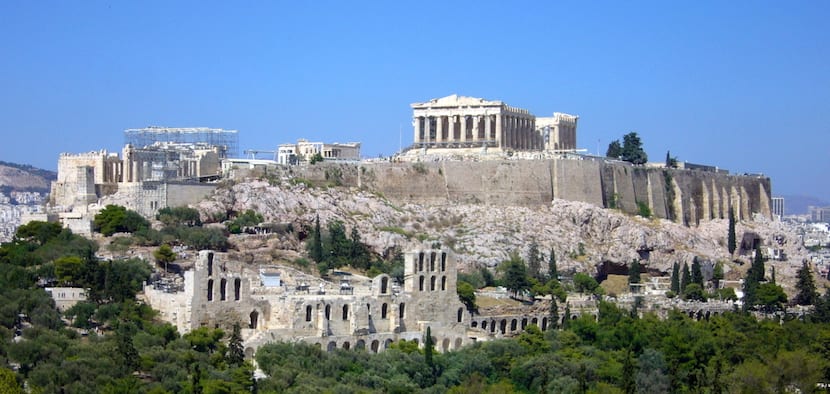
Although Greece has many attractions, nothing is comparable to visiting the Acropolis of Athens. It is a unique place in the world, for being the cradle of Western civilization and for its great architectural, artistic and cultural value.
Organizing a visit to the mythical Acropolis of Athens, multiple doubts may arise, but in the following article we will try to give you extensive information to clarify them: what it is, what to see, how to get there, prices ... Keep reading!
History of the Acropolis of Athens
The Acropolis of Athens is the most important archaeological site in Greece and is located on top of a hill in the center of present-day Athens.
During the classical period, the Acropolis only consisted of temples and public spaces but it was inhabited in earlier stages. According to experts, the Acropolis hill would have been occupied since the XNUMXrd millennium BC
The main monuments of the Acropolis of Athens that are preserved today belong to the Athenian Golden Age also called the Periclean Century, (480 - 404 BC).
The three most outstanding temples built in marble belong to this period: the Parthenon, the Erechtheion and the temple of Athena Nike.
All the monuments of the Acropolis have survived for 20 centuries to fires, earthquakes, wars and looting. Its current appearance The current appearance is due to an important restoration carried out in the middle of the XNUMXth century.
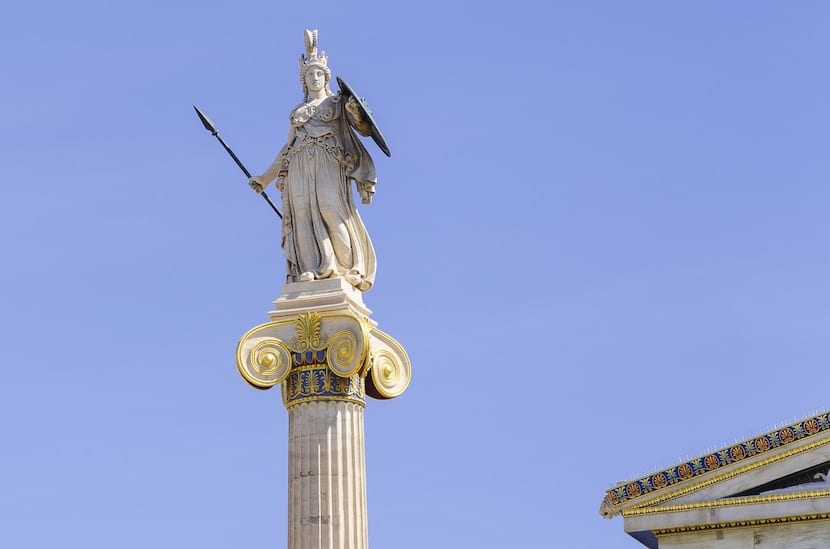
Image | Pixabay
What to see on the Acropolis
Theater of Dionysus
It is considered the first theater in the world and the largest in Ancient Greece with a capacity for 17.000 spectators. Its foundation dates back to the second half of the XNUMXth century BC.
As a curiosity, to say that the first works of Euripides, Sophocles, Aeschylus and Aristophanes, among others, were premiered here.
Stoa of Eumenes
To the left of the Theater of Dionysus we will see the Stoa de Eumenes, a porticoed passageway that communicated the theater with the odeon, acting as a place of passage and meeting. It was raised in the 163nd century BC. C. and had a length of XNUMX meters.
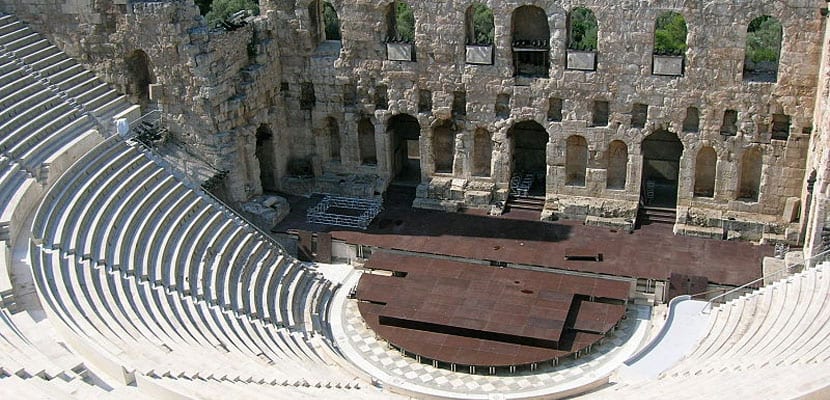
Odeon of Herod Atticus
The path that runs parallel to the Stoa of Eumenes leads directly to the Odeon of Herod Atticus. Its purpose was to host musical events and originally it had a cover. It was ordered to be built by the Roman consul Herod Atticus in 161 AD
Today it continues to host different events and looks much more spectacular due to the reconstructions carried out in the mid-XNUMXth century.
Propylaea
From the Odeon of Herodes Atticus a stairway leads to the Propylaea, the monumental access gates to the Acropolis.
They were built around 431 BC within Pericles' renovation plan but due to the Peloponnesian wars, they were never finished.
Temple of Athena Nike
To the right of the Propylaea we find the first of the jewels of the Acropolis: the Temple of Athena Nike.
We are in front of an Ionic temple built in honor of the goddess of victory to commemorate the triumph of Athens in the battle of Salamis. Work of Callícrates, it was completed around 420 BC
The temple of Athena Nike that we can see today is a reconstruction from 1835 and is not usually open to the public.
Parthenon
Consecrated to the goddess Athena Parthenos, it is one of the main Doric-built temples that are preserved and also the most important of the monuments created during the time of Pericles by the architects Ictino and Callícrates,
Measuring approximately 70 meters long and 30 wide, the Parthenon was surrounded by columns around its entire perimeter, 8 on the main facades and 17 on the sides.
The frieze depicted the procession of the Panathenaeas, the most important religious festival that took place in Athens.
It was conceived to house the gold and ivory image of Athena Parthenos, a colossal 12-meter-high statue made by Phidias.
Between 1801 and 1803, the English looted much of the decorative details of the Parthenon. Far from returning them to their rightful owners, these pieces are still on display in the British Museum in London.
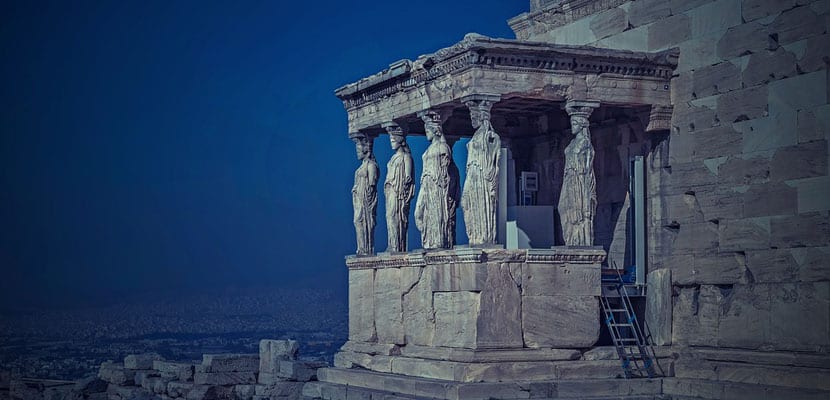
Erechtheum
The other great temple on the Acropolis of Athens is the Erechtheion, located north of the Parthenon. Consecrated to Athena and Poseidon, the temple of King Erechtheus was completed in 406 BC.
Its most outstanding element is the famous Porch of the Caryatids, with 6 statues of women as columns They represent slaves of Karys, the Greek people who had collaborated with the Persians and had been punished for it.
The caryatids in the temple are copies. Five of the originals can be seen in the Acropolis Museum.
Acropolis Museum of Athens
The visit to this museum is independent of the Acropolis but it is well worth visiting. On its three floors are a good part of the works of art found in the Acropolis, among which the Parthenon frieze and five of the original Caryatids of the Erechtheion stand out. The rest is in the British Museum.
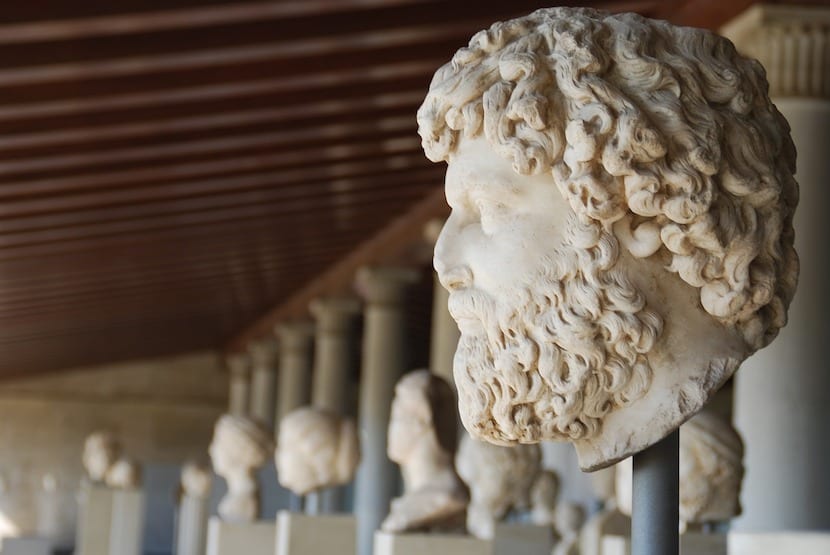
Image | Pixabay
How to get to the Acropolis of Athens
The Acropolis of Athens has only two entrances: the main entrance (to the west) and the secondary entrance (to the southeast). The main entrance is the most direct, since just 100m will separate us from the Propylaea, the historic access to the Acropolis. The secondary entrance is to the south of the Acropolis hill and you have to travel a little more than 500m in constant climb (easy) to the Propylaea, with several important visits on the way up, as we will see later.
Visiting hours
Every day from 8 am to 17 pm.
Ticket prices
Tickets can be purchased directly at the ticket offices located at the entrance of the venue, and also online without queuing.
- From April 1 to October 31, adult tickets are priced at 20 euros.
- From November 1 to March 31, tickets cost 10 euros.
Those under 18 years of age, students and pensioners who are members of the European Union will pay 10 euros in summer and 5 euros in winter. To benefit from the discount it is necessary to present an identity document or the student's card.